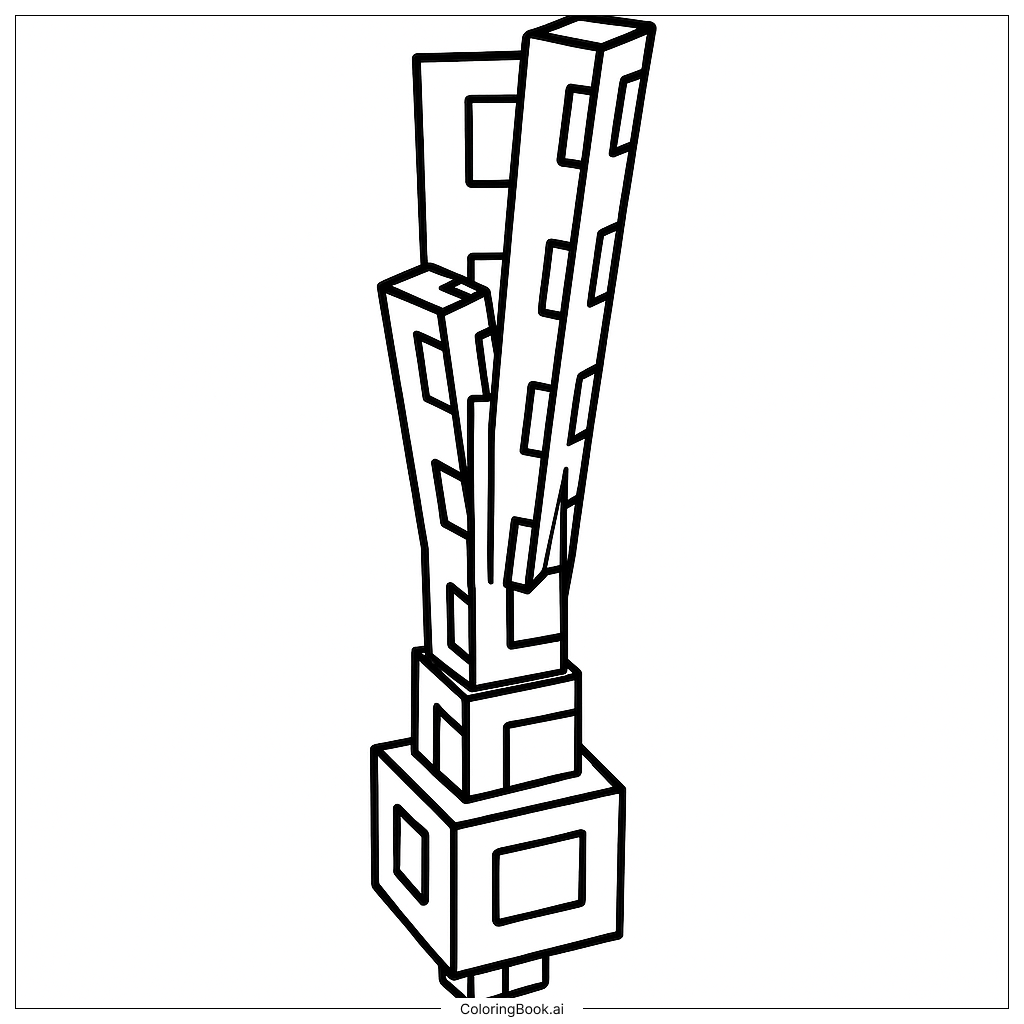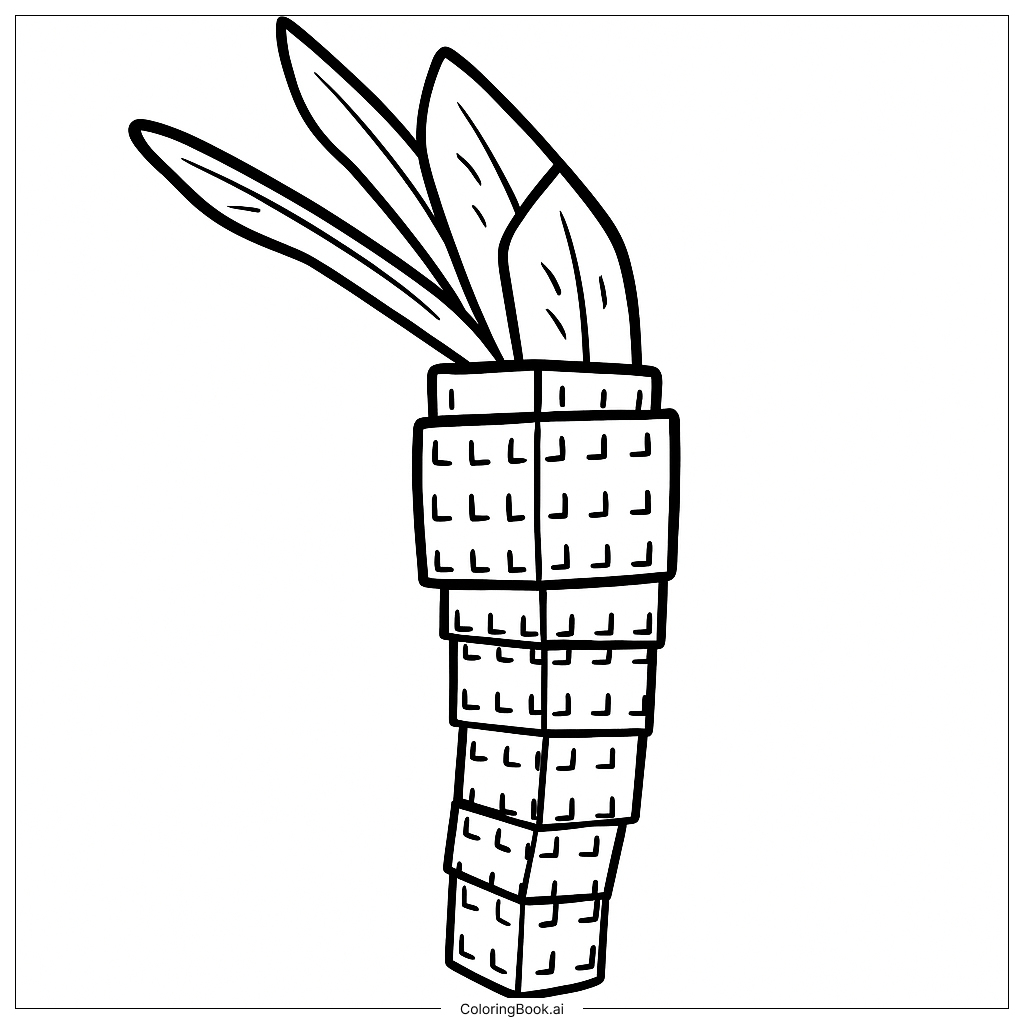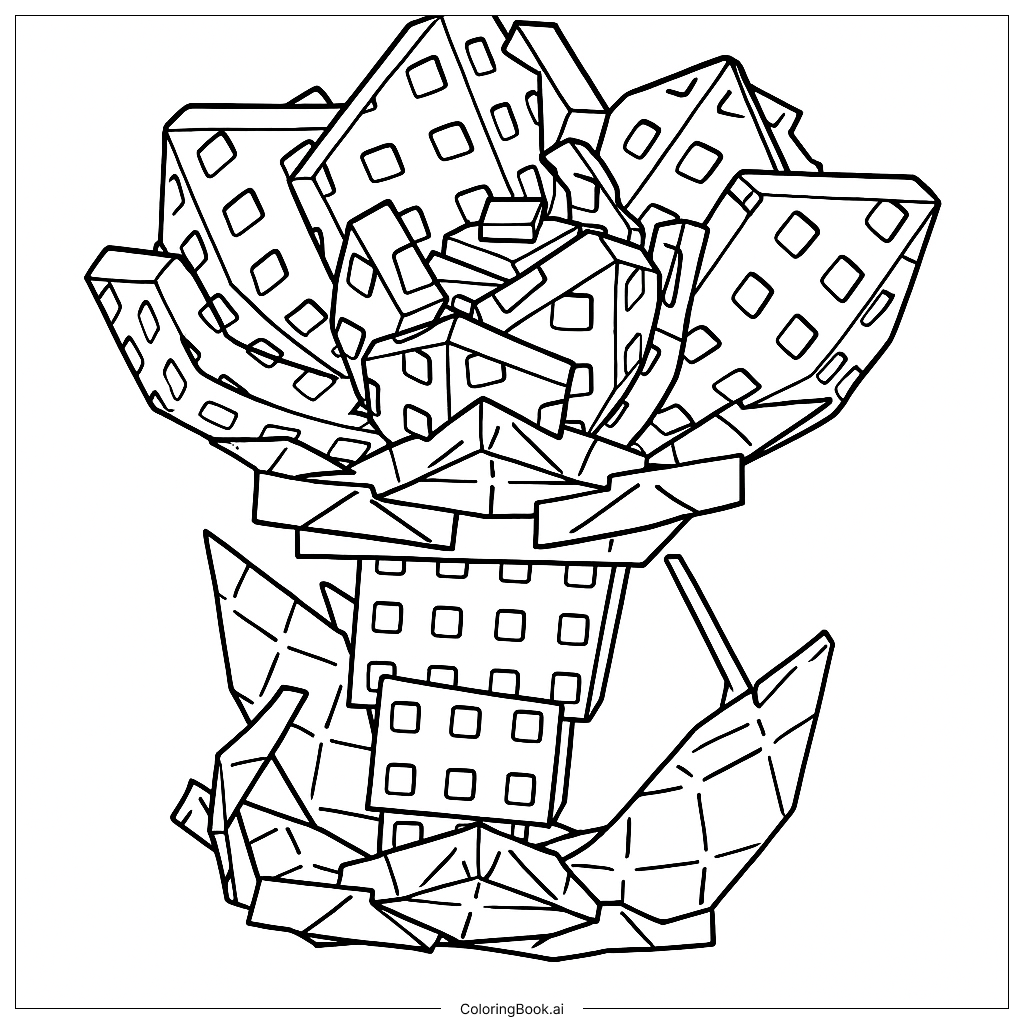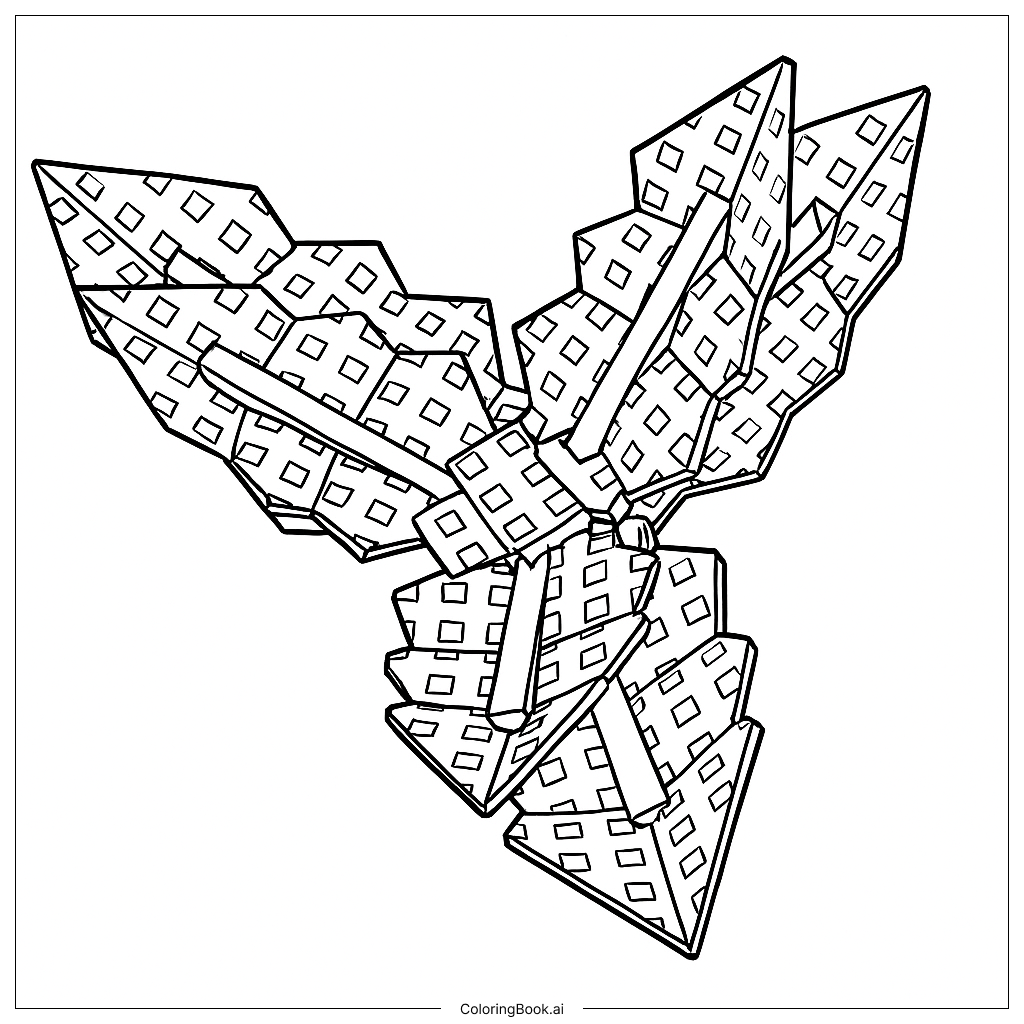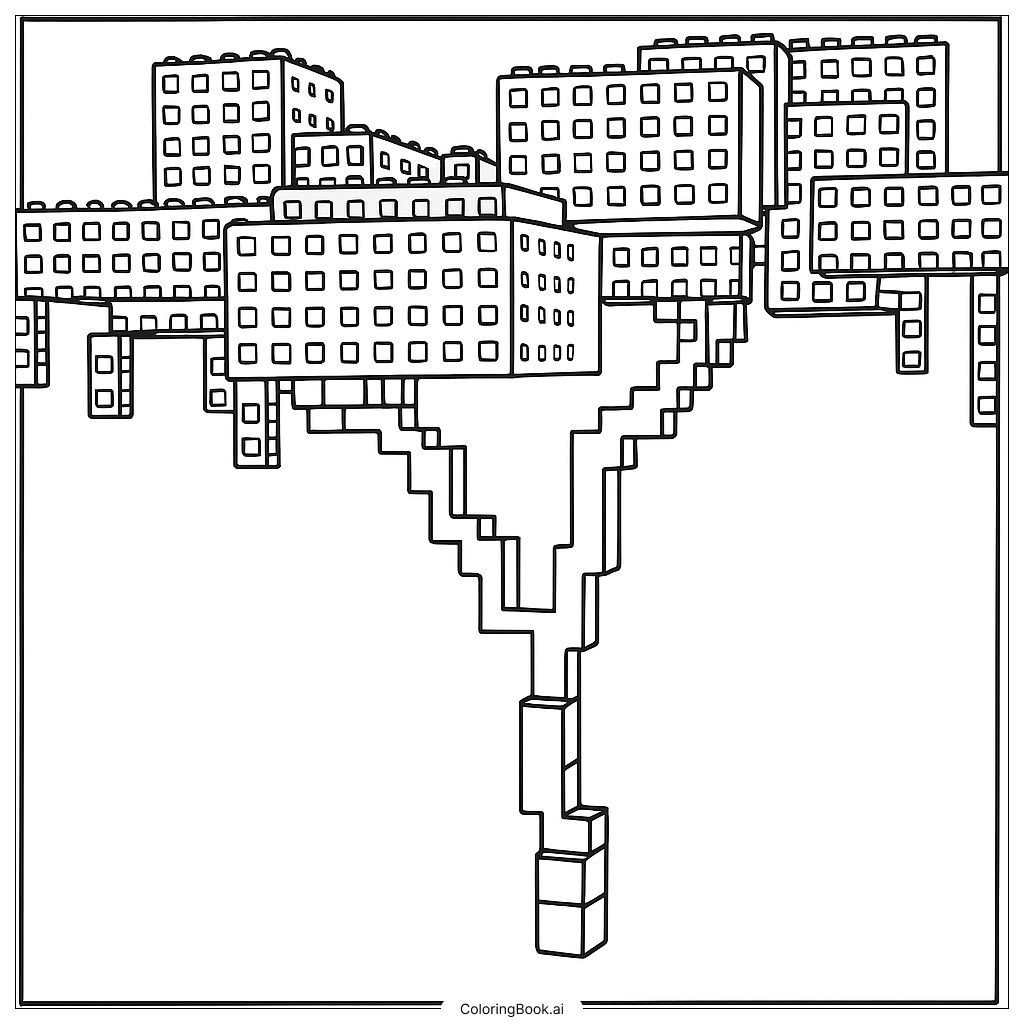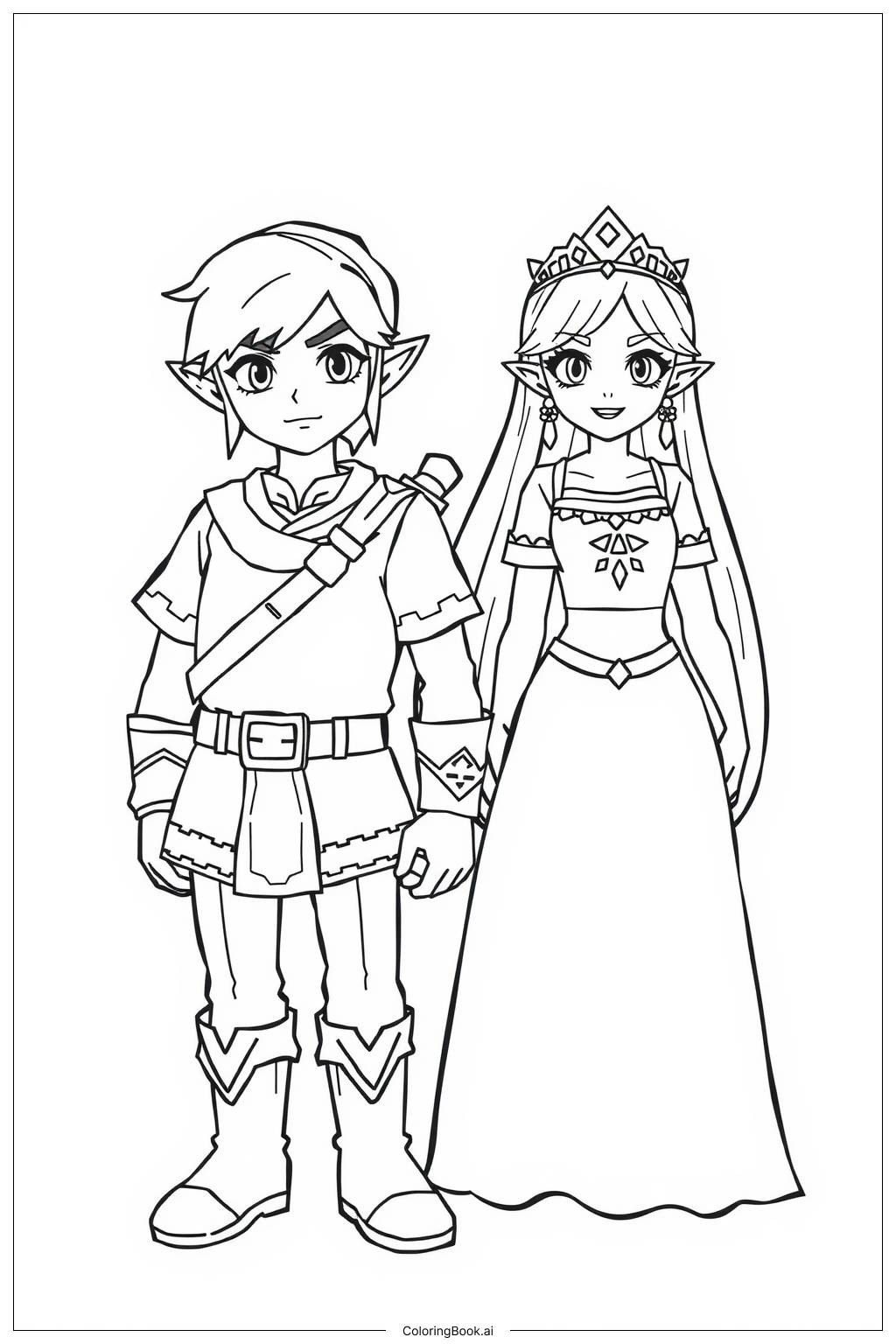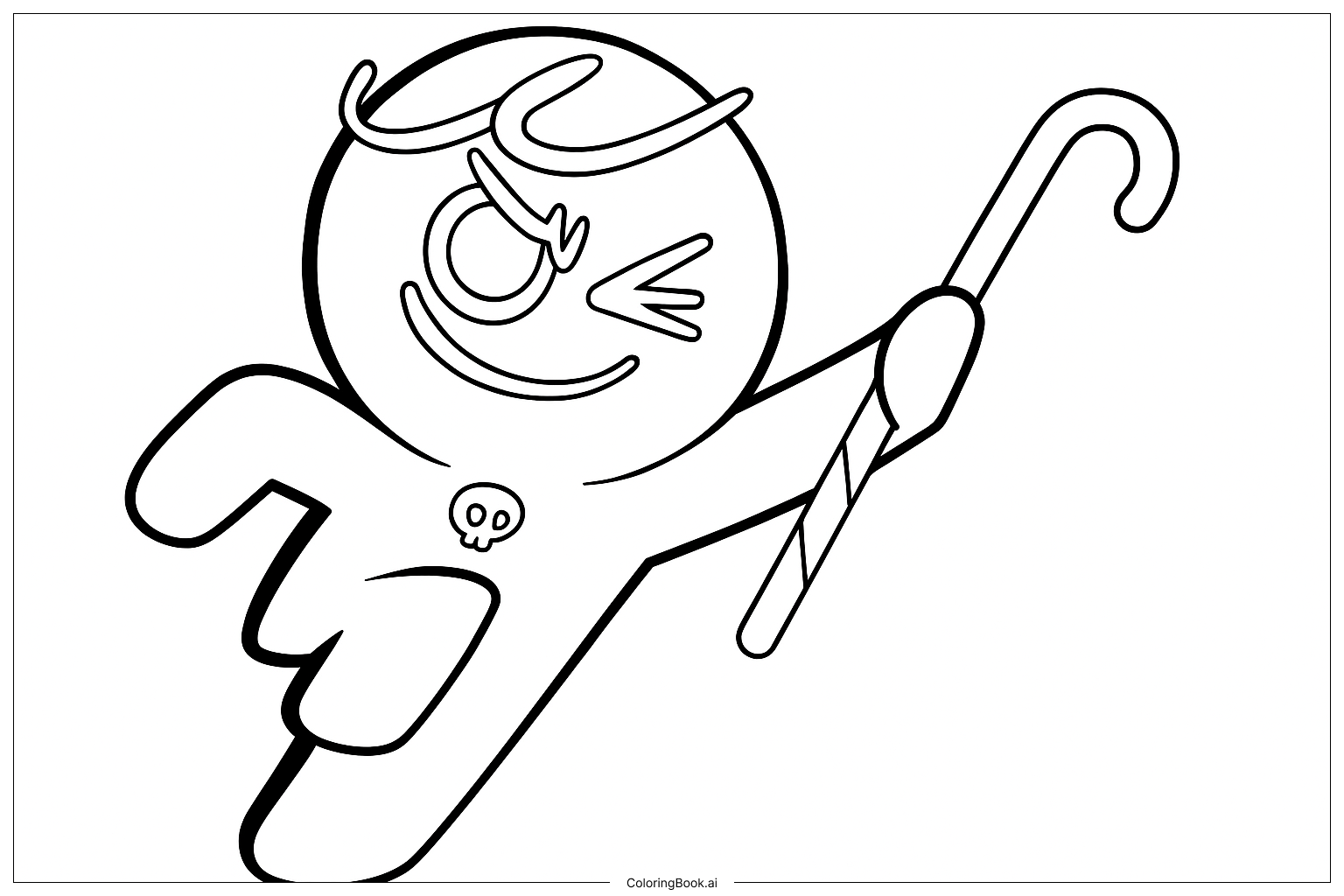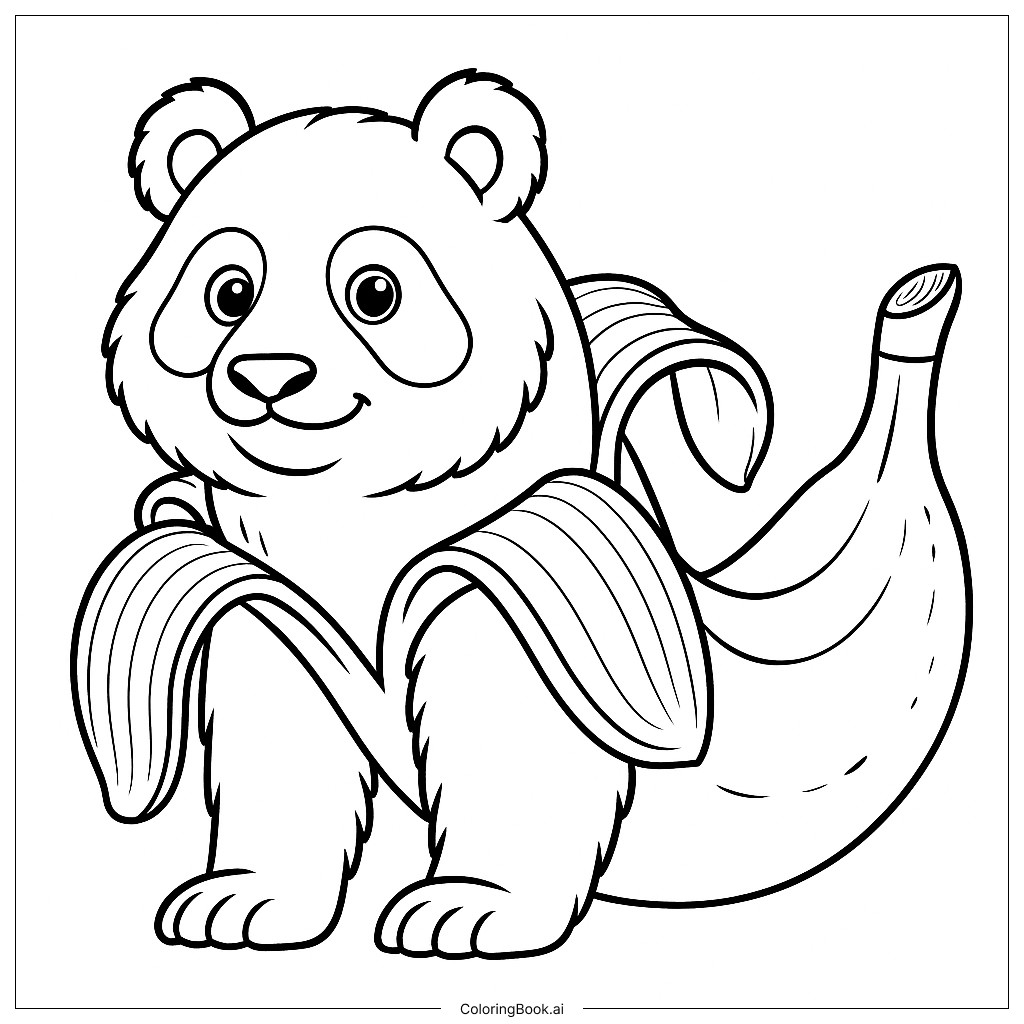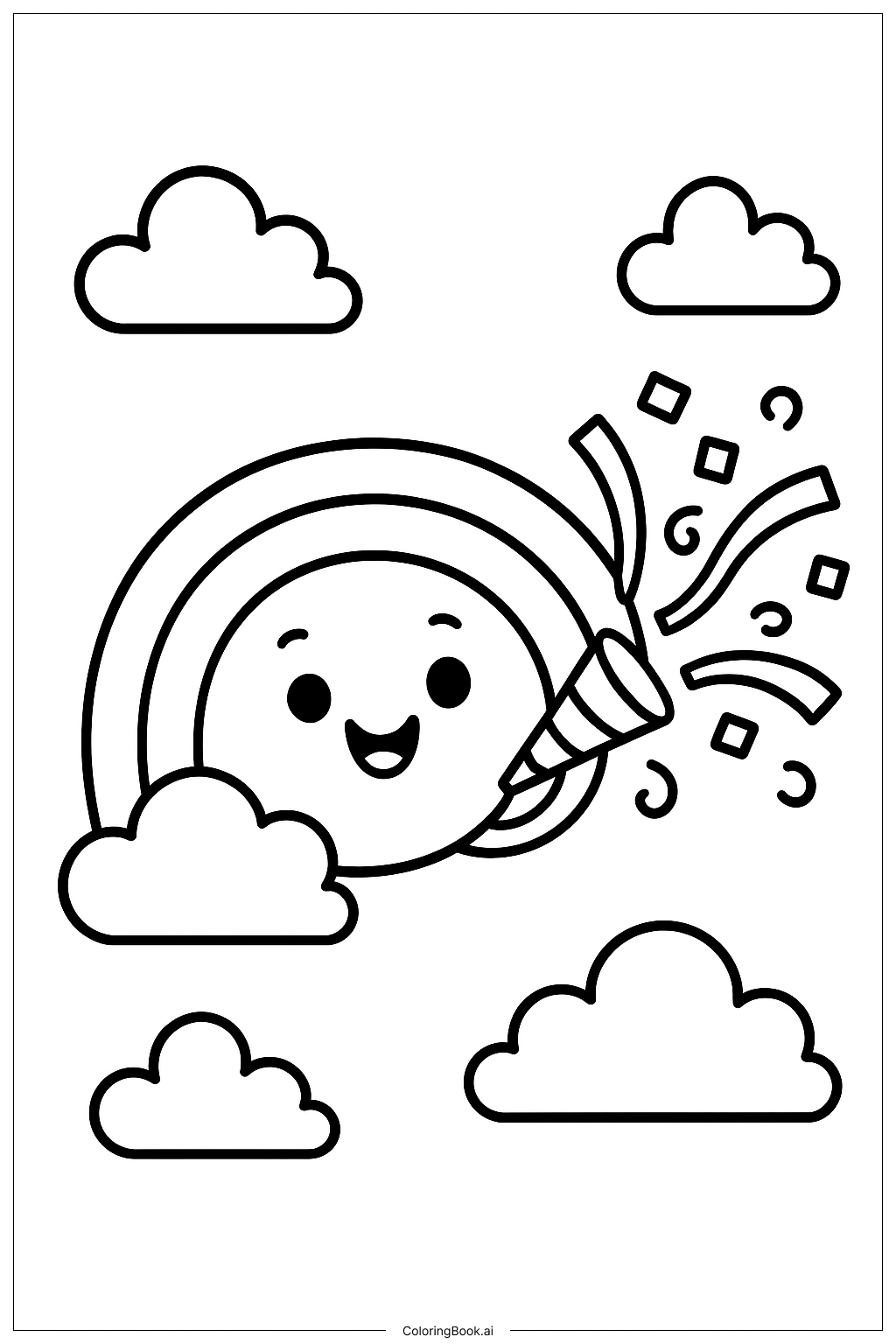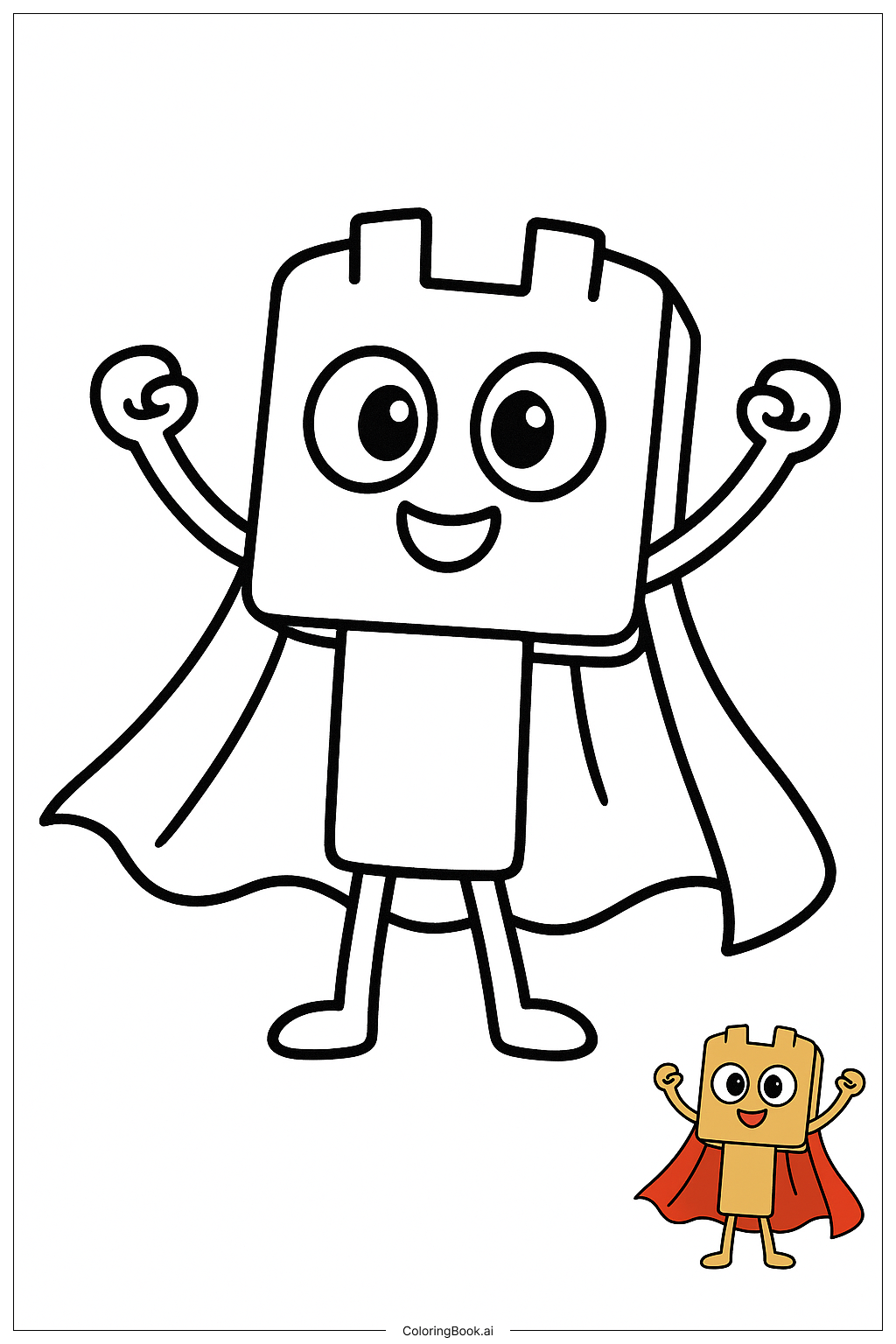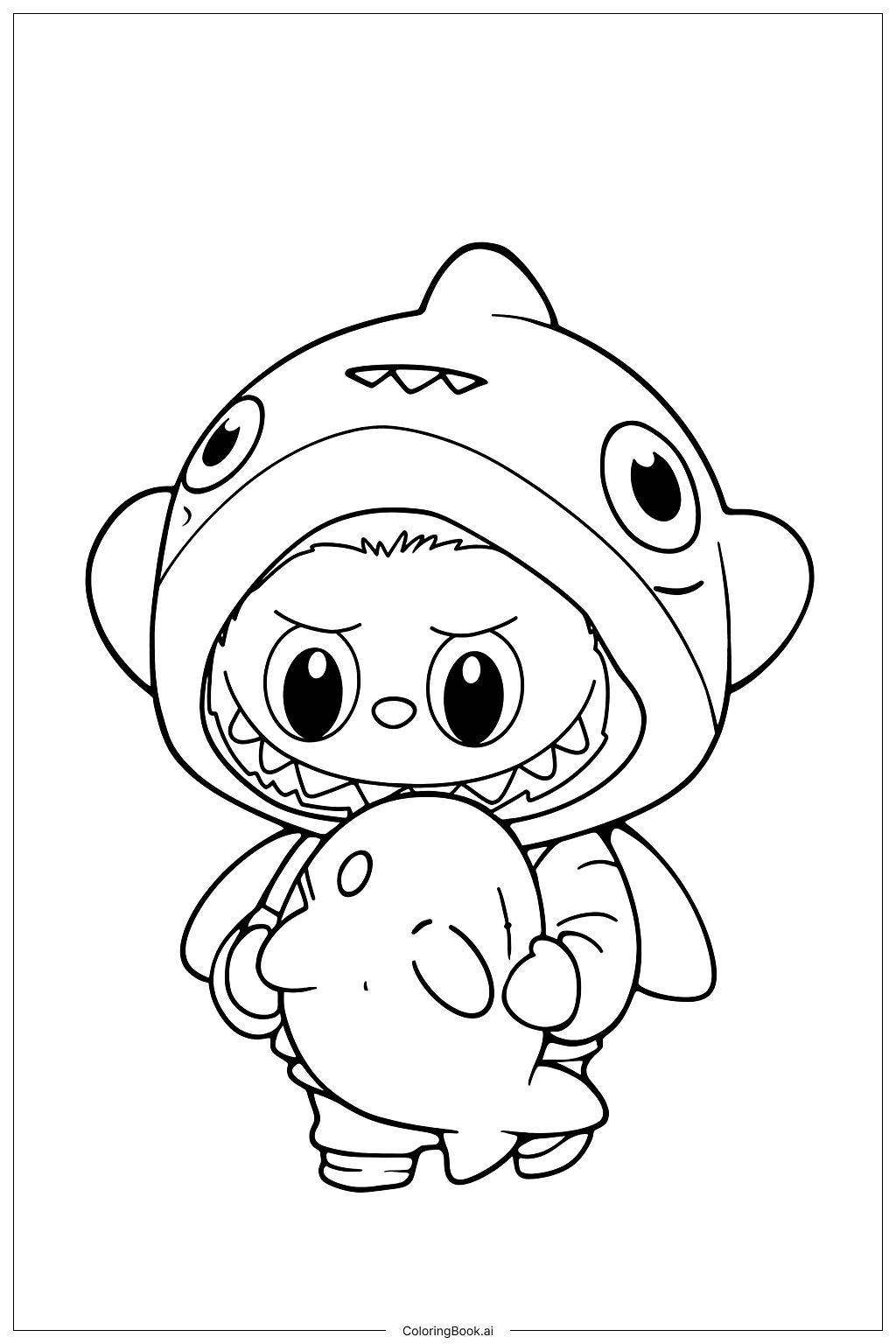Coloring tips: How to color Spring Onion coloring page well?
Use different shades of green to color the stalks of the spring onion. You can try dark green and light green to make the stalks look more real and add depth. The base can be colored with brown or light yellow to show the roots or bulb part. Feel free to color the small rectangles with different colors or shades to make the image bright and lively. You can also experiment by adding some shadows with darker tones on one side of the stalks to create a 3D effect. Use colored pencils or markers to color inside the lines carefully for a neat finish.
Coloring challenges: Which parts are difficult to color and need attention for Spring Onion coloring page?
1. The blocky geometric shapes can make it tricky to decide where to apply different colors, as the shapes are very regular and similar.
2. Keeping the colors inside the small rectangular details may require extra patience and fine motor skill.
3. Making the spring onion look realistic while using a geometric style might be hard because of the simple shapes.
4. Choosing the right shades of green and brown to balance the image may be a challenge for some children.
5. Adding shadows or 3D effects carefully needs some understanding of light and shading, which can be difficult for younger kids.
Benefits of coloring books: Advantages of drawing Spring Onion coloring page
Coloring this image helps children learn about gardening and vegetables like spring onions. It encourages creativity by letting them choose different colors and experiment with shading. The small details improve fine motor skills and hand-eye coordination as children color carefully inside lines. It also promotes focus and patience since the shapes require attention to detail. Besides, it teaches kids about shapes and patterns in a fun, artistic way. Overall, it's a great activity for imagination, skill-building, and learning about nature.
